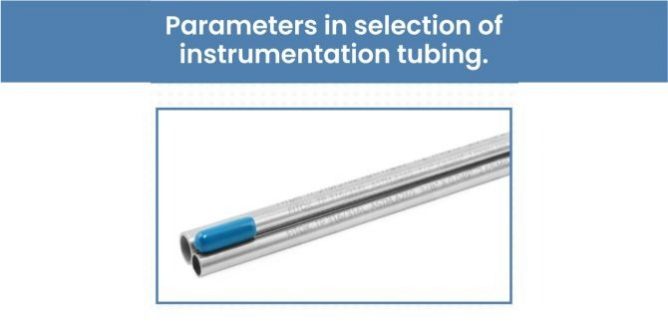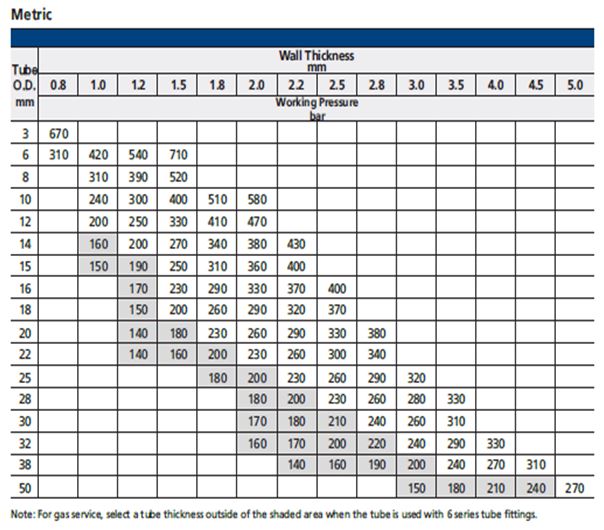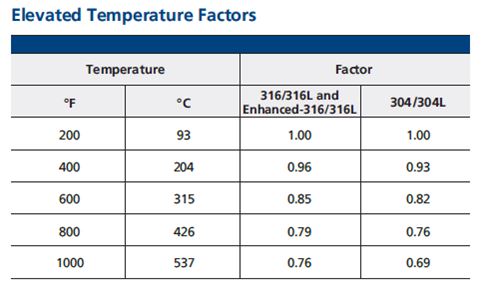
In design, a leak-free process system’s first step is ensuring safety & reliability in the selection of the right tubing for the required application. System integrity is complete with this selection & its compatibility with the rest of the parts in the system. In this blog, we will list out important parameters to consider when selecting a quality instrument tubes for use with FITOK tube fittings.
FITOK instrument tube fittings have been designed to work in a wide variety of applications that demand the utmost in product performance. Their compatibility with selected tubing is critical for providing a consistently high level of reliability.
1. Material
The most important consideration in the selection of suitable tubing for any application is the compatibility of the tubing material with the media to be contained.

Table 1 lists common materials and their associated general applications. It also lists the minimum and maximum operating temperatures for the various tubing materials.
In addition, FITOK instrument fittings are designed to work on like materials. Stainless steel fittings should be used only with stainless steel tubing etc. The practice of mixing materials is strongly discouraged.

Table 2 – Types of Materials, chemical composition & mechanical properties.
2. Tubing hardness
The key is to select tube material that is softer than the tube fitting material. For example, Stainless Steel tubing should be specified as Rb 80 or less hardness value. Industry good practice is to purchase tubing & tube fittings from a single supplier for good metallurgy compatibility & ensuring supplier 100 % guarantees undertaking for the leak-proof tubing distribution system.
3. Wall thickness
Proper wall thickness is necessary to accommodate accepted safety factors relative to desired working pressures. Do not use tubes with wall thickness values that fall outside of the table ranges.

Table 3. Maximum working pressures (in bar) for tube in 316/316L Stainless Steel material based on tube O.D. size and wall thickness combinations
Note: Gas Service
Special care must be taken when selecting tubing for gas service. To achieve a gas-tight seal, ferrules in instrument fittings must seal any surface imperfections. This is accomplished by the ferrules penetrating the surface of the tubing.
Penetration can only be achieved if the tubing provides radial resistance and if the tubing material is softer than the ferrules. Thick-walled tubing helps to provide resistance and the table below provides a range of wall thickness options available for safe use with FITOK tube fittings. The ratings in gray indicate the combinations of diameter and wall thickness which are not suitable for gas service.
4. Elevated temperatures
At elevated temperatures, a de-rating factor should be applied to the working pressure listed in the FITOK tube tables. Please see the table below for the de-rating factors for the common materials.
In all cases, tube fitting assemblies should never be pressurised beyond the recommended working pressure.

Table 4. This table lists the de-rating factors which should be applied to the working pressures for elevated temperature conditions. Simply locate the correct factor in this table and multiply this by the appropriate value in the pressure tables e.g., Table 3 (above) for 316/316L SS.
5. Tubing surface coating
Several different surface coatings are available, depending on the requirements of an application. For instance, metal tubing is often coated with corrosion-resistant coatings, particularly in an environment that is conductive to such reactions. Still opting for stainless steel tube fittings is the best option.
